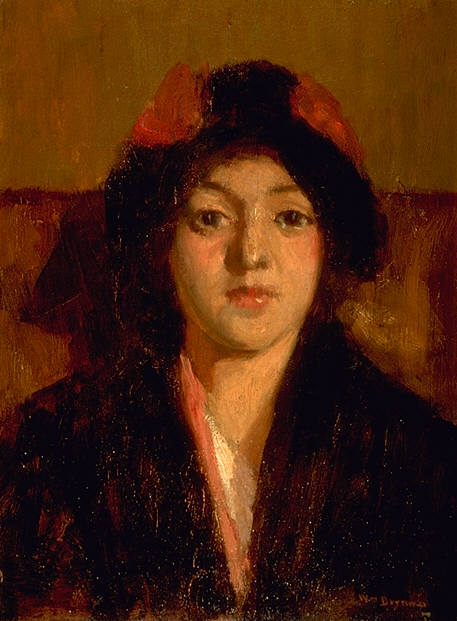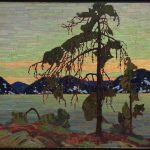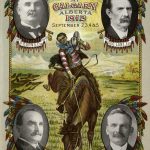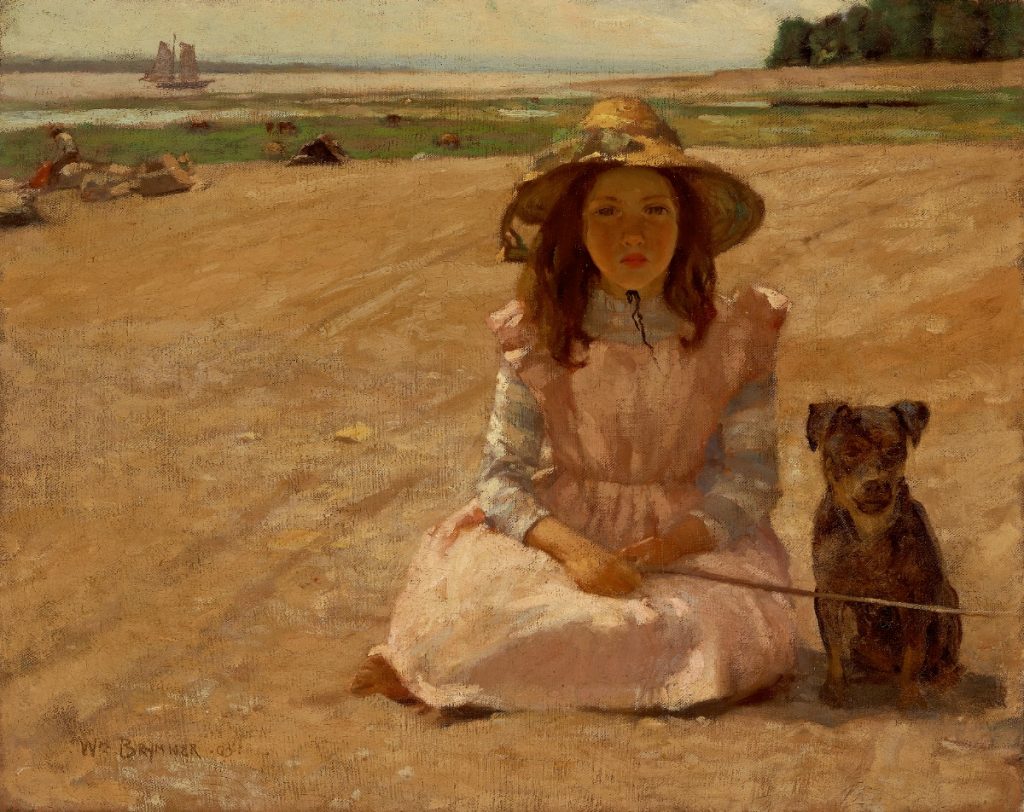
William Brymner (1855-1925) was a Canadian artist who played a significant role in the development of Canadian art during the late 19th and early 20th centuries. He was a prominent figure in the Canadian art scene, known for his contributions to landscape and portrait painting.
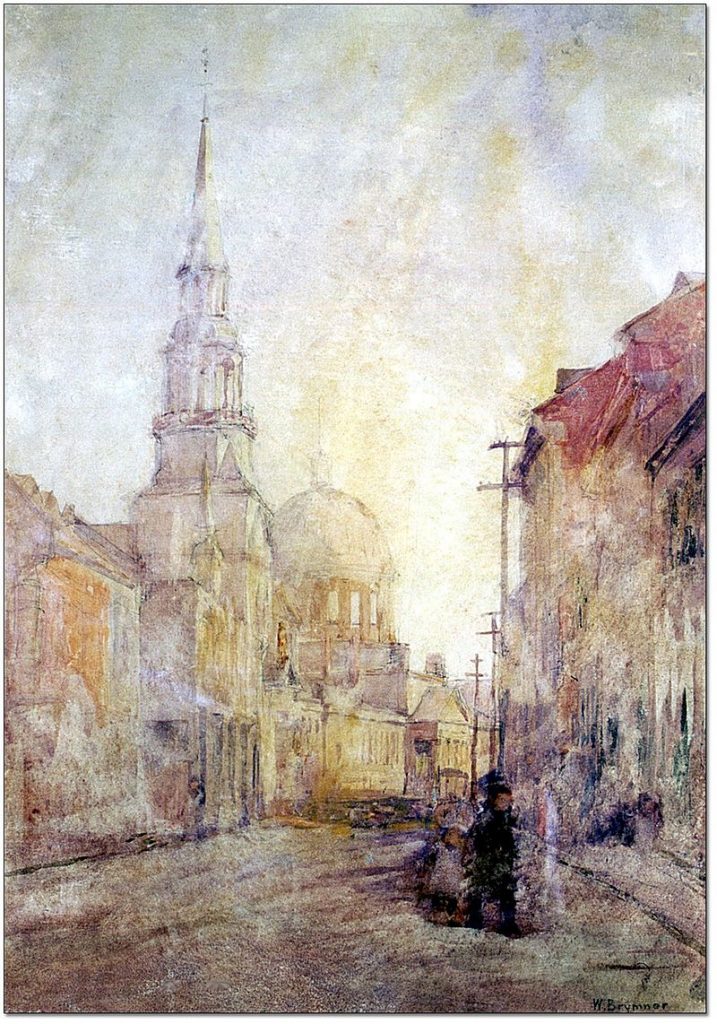
Early Life and Education:
- William Brymner was born on December 14, 1855, in Greenock, Scotland. His family immigrated to Canada when he was still a child, settling in Montreal, Quebec.
- He began his formal art education at the age of 15 when he enrolled in evening classes at the Art Association of Montreal (now known as the Montreal Museum of Fine Arts). His talent quickly became evident.
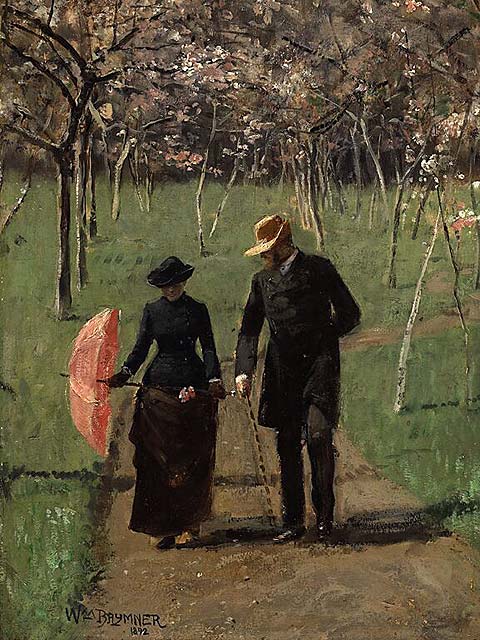
Artistic Style and Influences:
- Brymner’s early works were influenced by academic traditions, which emphasized classical techniques and realistic rendering.
- He later embraced the Barbizon school of painting, which emphasized the naturalistic depiction of landscapes and everyday scenes, as well as Impressionism, which influenced his later works.
Career and Recognition:
- In 1878, Brymner received a scholarship to study in Paris, where he continued his art education at the École des Beaux-Arts under Jean-Léon Gérôme and other prominent instructors.
- Upon returning to Canada, he became an influential art teacher and played a crucial role in the development of Canadian art education.
- He became a member of the Royal Canadian Academy of Arts and exhibited his works there and at other prestigious exhibitions, earning recognition and awards for his paintings.
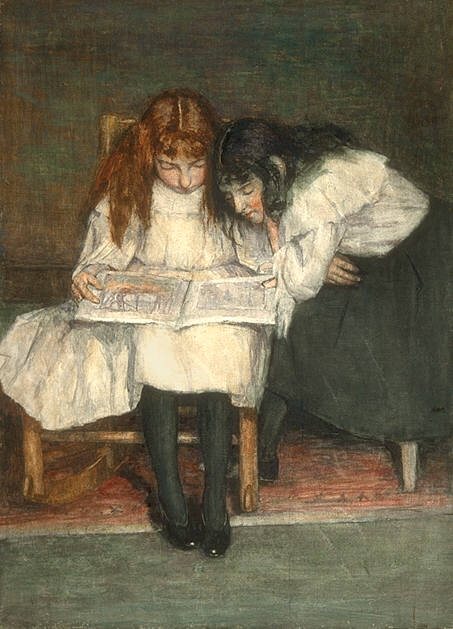
Subjects and Themes:
- Brymner was known for his portraits and landscapes. His portraits captured the personalities and expressions of his subjects, while his landscapes often depicted the rural beauty of the Canadian countryside.
- He was also interested in depicting scenes from everyday life, including rural and urban scenes in Canada.
Legacy:
- William Brymner is considered one of the key figures in the Canadian art world during the late 19th and early 20th centuries.
- He played a crucial role in shaping the direction of Canadian art, both as an artist and as an influential teacher.
- His works continue to be displayed in prominent Canadian art institutions, and he is celebrated for his contributions to Canadian art history.
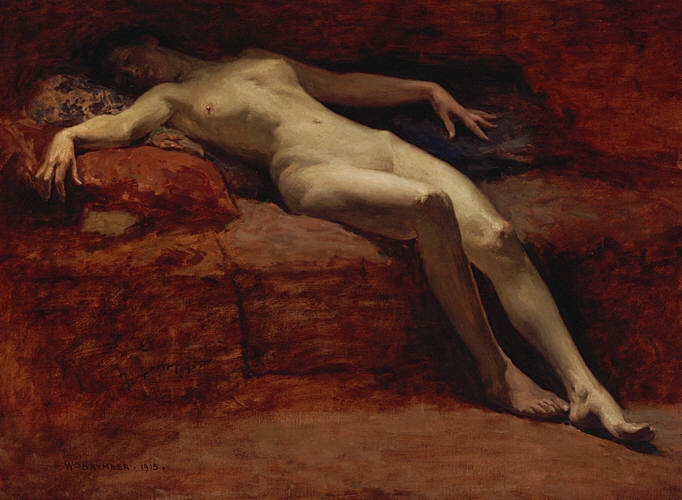
William Brymner passed away on June 18, 1925, in Wallasey, England. His legacy endures through his own art and his influence on generations of Canadian artists as a teacher and mentor. He remains an important figure in the history of Canadian art, known for his dedication to artistic excellence and his impact on the Canadian art scene during a formative period in its development.
